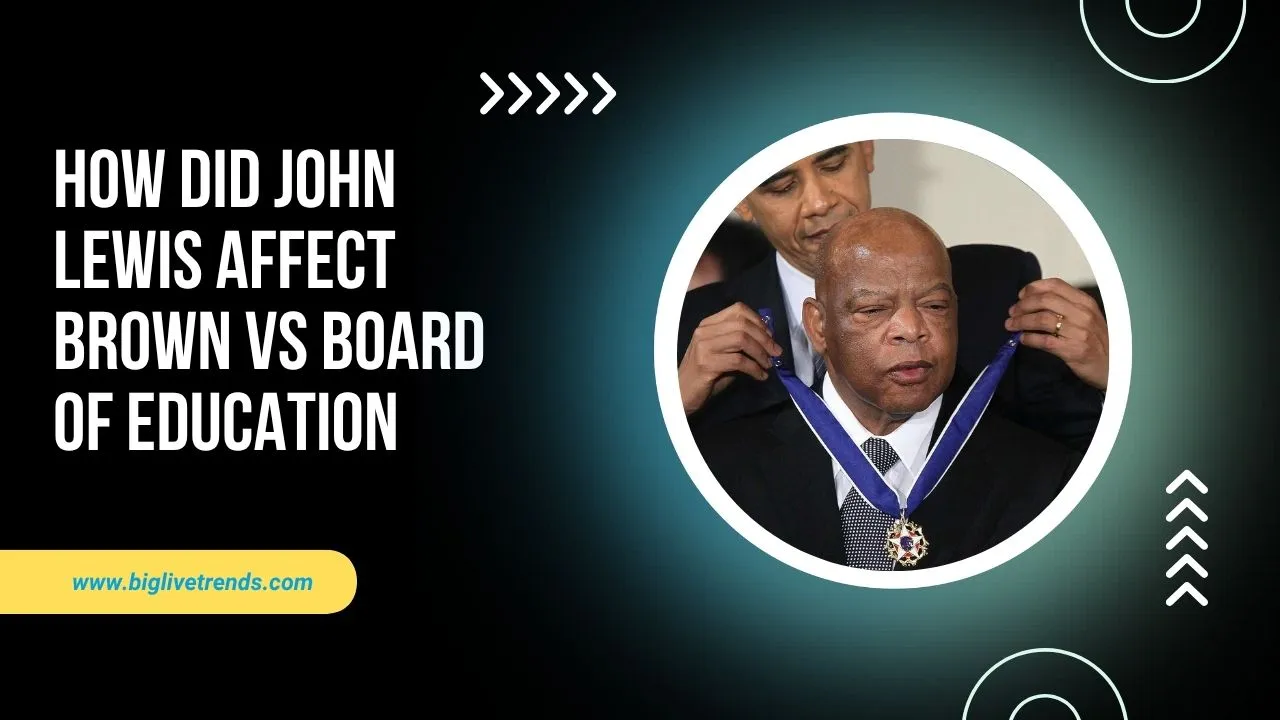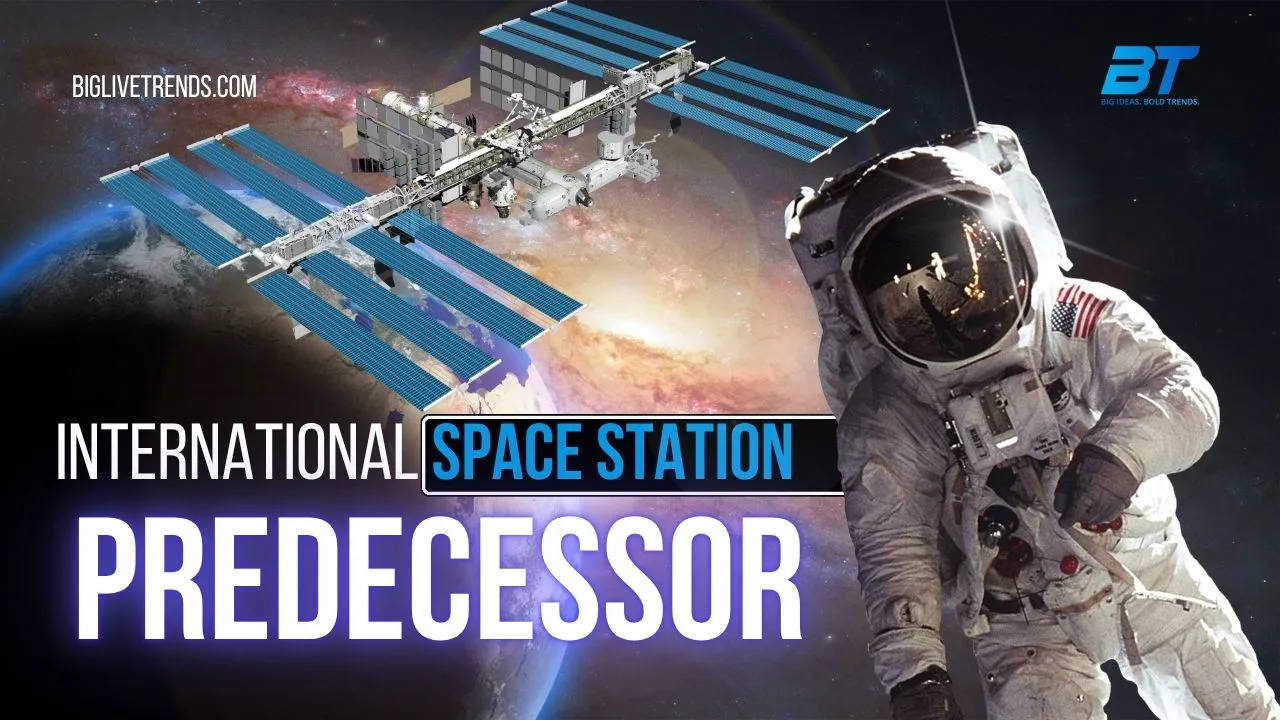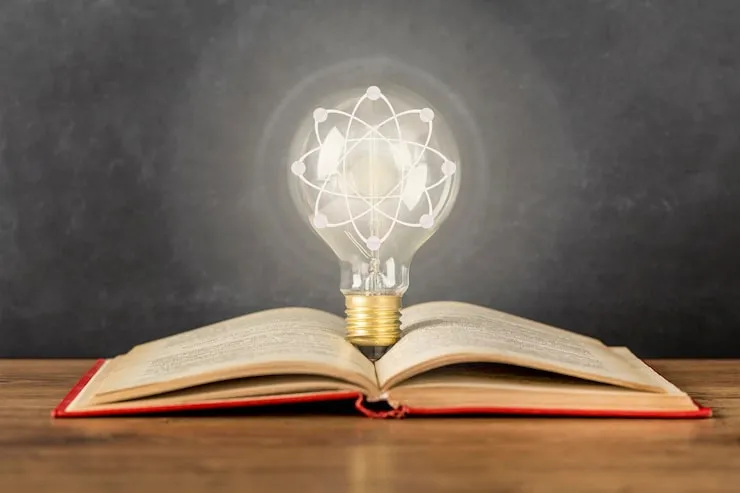
Every child in India has the right to learn and grow. Education is the key to a bright future. It helps children dream big. It helps them become doctors, engineers, artists, and leaders.
But sometimes, going to school can be hard for families. Books, uniforms, and fees can be expensive. The government of India understands this problem. That is why they have created many helpful plans. These plans are called Free Education Schemes in India.
This guide will explain these wonderful schemes. We will learn how they help children. We will see how they support students from a young age all the way to college.
Why Are Free Education Schemes in India So Important?
Education should not be a luxury. It is a basic need. When every child can go to school, the whole country benefits.
These government plans make sure that no child is left behind. They help families who cannot afford school costs. They encourage children to stay in school and complete their studies. The main goal is to make learning available for everyone. This is a big step towards a stronger and smarter India.
Learning from the Start: Schemes for Young Children
A strong building needs a strong base. In the same way, a child's education needs a strong start. These schemes focus on young learners.
Samagra Shiksha: A Plan for All of School
This is one of the biggest government education programs. Samagra Shiksha means 'Integrated Education'. It brings together earlier plans for a smoother system.
-
What it does: It helps from pre-school to class 12.
-
Key Benefits:
-
It builds new classrooms and repairs old schools.
-
Provides free textbooks and uniforms to children.
-
Offers special training for teachers.
-
Supports education for girls and children with special needs.
-
-
The main idea: To improve the quality of school education for every child.
Right to Education Act: The Law That Helps You Learn
The Right to Education (RTE) Act is a very powerful law. It was passed in 2009. This law makes education a fundamental right for every child.
-
What it does: It says every child between 6 and 14 years old must get a free education.
-
Key Benefits:
-
Free and compulsory education is guaranteed by law.
-
Private schools must save some seats for children from poor families. The government pays for their fees.
-
It ensures that schools have good infrastructure and qualified teachers.
-
-
The main idea: No one can stop a child from going to school. It is their right.
Reaching Every Child: Special Focus Schemes
Some children need extra help to join school. These schemes make sure they are not forgotten.
Kasturba Gandhi Balika Vidyalaya: Schools for Girls
This scheme is a part of Samagra Shiksha. It focuses on helping girls from disadvantaged groups.
-
What it does: It sets up residential schools for girls. These are mostly from classes 6 to 12.
-
Key Benefits:
-
Provides a safe place to live and learn.
-
Focuses on girl child education in areas where few girls go to school.
-
Gives them the confidence and skills to succeed.
-
-
The main idea: To empower girls through education and make them independent.
Mid-Day Meal Scheme: Food for Thought and Health
A hungry child cannot focus on learning. The Mid-Day Meal Scheme is a brilliant solution.
-
What it does: It provides a free, healthy lunch to children in government schools.
-
Key Benefits:
-
Improves the nutrition and health of children.
-
Encourages parents to send their children to school.
-
Helps children concentrate better in their classes.
-
-
The main idea: Food brings children to school and helps them learn better.
Scholarships and Financial Aid: Helping You Fly Higher
After school, many students want to go to college. But college fees can be very high. The government offers scholarships to support these students.
National Means-cum-Merit Scholarship: Rewarding Smart Students
This scholarship helps smart students from poor families.
-
What it does: It gives money to students to help them study in classes 9 to 12.
-
Key Benefits:
-
It is a merit-based scholarship. Students must pass an exam to get it.
-
It provides financial support so that students don't drop out after class 8.
-
-
The main idea: To stop bright students from leaving school because of money problems.
Pre-Matric and Post-Matric Scholarships for SC/ST/OBC
These are important scholarships for minority students and other backward classes.
-
Pre-Matric Scholarship: For students in classes 1 to 10. It helps with school fees and other costs.
-
Post-Matric Scholarship: For students who have passed class 10. It helps them pay for college, university, or any professional course.
-
The main idea: To make sure every student, regardless of their background, can complete their education.
Digital Learning: Education in the Modern World
Technology is changing how we learn. The government is also using technology to help students.
Digital India e-Learning: Learning from Anywhere
This is not one scheme, but a big idea. It includes many projects to bring education online.
-
What it does: It provides free online study material and courses.
-
Key Platforms:
-
SWAYAM: A platform for online courses from school to university level.
-
DIKSHA: A website with fun lessons and worksheets for school children.
-
e-Pathshala: An app with thousands of eBooks and educational videos.
-
-
The main idea: To make high-quality learning resources available to every student with a smartphone or computer.
How to Apply for These Amazing Schemes?
You might wonder how to get the benefits of these plans. The process is usually simple.
-
Talk to Your Teacher or Principal: Your school is the best place to start. They have all the information about Samagra Shiksha, the Mid-Day Meal Scheme, and scholarships.
-
Visit the Official Website: For scholarships, you can visit the National Scholarship Portal. This is a single website for all government scholarships.
-
Provide Necessary Documents: You will need documents like your income certificate, caste certificate (if needed), and school or college ID.
-
Fill the Form Carefully: Your teacher or parents can help you fill out the application form online or on paper.
Expert Opinions on Free Education in India
It is important to know what experts think about these programs.
Dr. Anjali Sharma, an Education Policy Expert, says: "The Right to Education Act is a landmark law. It has dramatically increased the number of children in school. The next big challenge is to improve the quality of learning. Schemes like Samagra Shiksha are now focusing on exactly that."
Mr. Ramesh Joshi, a Principal with 30 Years of Experience, adds: "I have seen the Mid-Day Meal Scheme change lives. For many of my students, the meal they get in school is the most nutritious meal of their day. It keeps them healthy and eager to learn. These government education programs are the backbone of our system."
Frequently Asked Questions (FAQs)
Q1: Are these free education schemes only for very poor families?
A: Many schemes are for families below the poverty line. But some, like the RTE Act seats in private schools, are for specific income groups. It is best to check the rules for each scheme.
Q2: Can a student benefit from more than one scheme at a time?
A: Yes! A student can get free textbooks from Samagra Shiksha, eat the Mid-Day Meal, and also get a scholarship. These schemes are made to work together.
Q3: What is the difference between a scholarship and a stipend?
A: A scholarship is usually given based on good marks or merit. A stipend is money given to help with living costs, often during a training course or internship.
Q4: How can I check the status of my scholarship application?
A: You can check the status by logging into your account on the National Scholarship Portal using your application ID.
Q5: Is there any free coaching for competitive exams?
A: Yes! The government runs schemes like the Free Coaching Scheme for SC and OBC Students. It helps students prepare for exams for jobs and college admissions.
Conclusion: Your Education, Your Future
The Free Education Schemes in India are like a strong bridge. This bridge connects a child's dreams to their reality. They ensure that money problems do not stop a child from becoming a successful adult.
If you are a student, know that help is available. If you are a parent, know that the government wants to support your child's education. Let us all work together to make the best use of these wonderful opportunities. After all, an educated child is the future of our nation.





